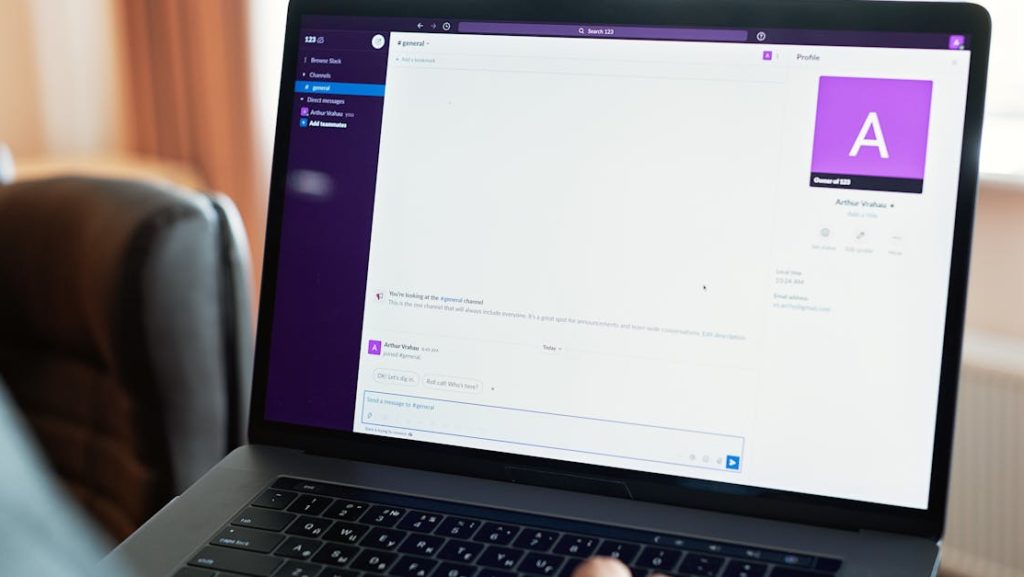
Low-code and no-code platforms have moved far beyond being niche buzzwords in SaaS. For those of us building, marketing, or onboarding users to modern SaaS products, these approaches are catalyzing a whole new paradigm. We are witnessing first-hand a shift from technical gatekeeping to hands-on creation, where product managers, marketers, customer success teams, and even prospects themselves can shape software experiences—without being held back by code or developer backlog.
Defining Low-Code and No-Code in the SaaS Context
At the core, low-code platforms empower users with visual modeling and drag-and-drop customization, while still offering hooks for custom code as products scale or need unique features. In contrast, no-code platforms are even more accessible. They allow anyone, regardless of technical ability, to compose workflows, demonstrations, or even mini-apps entirely visually. For SaaS builders, the union of these approaches means radically streamlining what used to be the domain of specialized developers.
- No-code: Perfect for non-technical roles—think sales, marketing, or onboarding—who need to experiment and iterate fast.
- Low-code: Ideal for more technical users or product teams who need to extend functionality while still leveraging visual design efficiency.
Why Is This Shifting the SaaS Landscape?
We’ve felt the pain of classic SaaS development cycles: long lead times, developer resource crunches, difficulty keeping up with customer demands or sales prospects needing fast answers. Here’s what’s changing thanks to low-code and no-code:
1. Speed and Agility Become the Default
Launching new features, onboarding flows, or entire demo environments used to take weeks or even months. Today, SaaS teams are spinning up interactive demos, onboarding guides, and new interfaces within hours. This rapid iteration keeps us ahead of the curve and directly aligned with shifting customer needs.
2. Unleashing Business Teams—Innovation From the Ground Up
With no-code platforms, innovation is democratized. Customer success managers, sales execs, and marketers are no longer waiting in line for the dev team. Now, they can launch live demo walkthroughs, experiment with onboarding content, or adjust sales playbooks—all in real-time, based on what truly resonates with users.
3. Cost-Efficiency: Doing More With Leaner Teams
Smaller SaaS companies don’t need a large engineering team to remain competitive, and even larger teams can focus their developers on unique differentiators instead of boilerplate. This shift massively reduces maintenance costs and IT dependency, freeing resources for growth and innovation.
4. Seamless Personalization and Customer Experience
Modern SaaS buyers expect tailored experiences: interactive onboarding, product tours, and answers to unique use cases. With low-code and no-code, you can personalize these journeys instantly—without re-deploying or waiting for the next sprint. This responsiveness builds trust and increases conversion rates.
5. Self-Service and Reduced Support Burden
When your users and even internal teams can build or adjust their own dashboards, demos, and workflows, support tickets drop. Empowering users directly translates to fewer bottlenecks and happier customers.

Understanding the Nuance: Low-Code vs. No-Code for SaaS
| Aspect | No-Code | Low-Code |
|---|---|---|
| Primary Users | Business and non-technical staff | Developers, power users, IT |
| Flexibility | Template-driven, fast for common use cases | Highly customizable with code extension |
| Use Case Complexity | Simple to mid-range apps, onboarding, demos | Complex workflows, large-scale SaaS logic |
| Time to Value | Immediate—hours to days | Fast—days to weeks, but allows for deeper custom needs |
What’s Actually Driving This Transformation?
- Chronic Developer Shortage: Demand for digital products is outpacing the availability of skilled coders. Low-code and no-code bridge that gap by empowering non-developers.
- Faster MVPs and Experimentation: Test and launch hypotheses without investing heavily upfront. If something resonates, iterate. If not, pivot instantly.
- Agile Customer Onboarding and Sales: Building custom demos and onboarding that mirror real user scenarios used to be a dev project. Today, anyone on our team can build these visuals live—in response to real sales calls or support feedback.
- Security and Autonomy: Desktop-based, self-hosted tools are gaining prominence as SaaS buyers demand more control and privacy. No-code platforms like what we offer with DemoGo put security and ownership in the user’s own hands.

How We Use No-Code to Accelerate Engagement at Every Stage
Here’s a breakdown of touchpoints where no-code and low-code are revolutionizing SaaS teams like ours:
Onboarding & Training
- Interactive Walkthroughs: No longer static PDFs or one-size-fits-all slideshows. For example, with a tool like DemoGo, anyone can create step-by-step, visually rich onboarding guides that are genuinely interactive and personalized to each customer cohort.
- Instant Answer Guides: Support can turn high-volume questions into embedded visual tours, reducing ticket volumes and improving self-service outcomes.
Sales and Product Demonstrations
- Real-Time Customization: Imagine a SaaS sales rep demoing to a vertical customer. With no-code, they can tweak the flow, terminology, and highlight features that match specific pain points—in minutes, not days.
- Agile Sharing: Demos can be shared securely, without depending on outside servers or plugins, which meets stringent B2B procurement requirements around privacy.
Marketing — Faster Iteration and Testing
- Personalized Campaigns: Marketers can assemble interactive product tours that convert far better than static content, then iterate based on analytics or segment-specific feedback—all without IT.
- Landing Page Optimization: Rapidly test new demo flows and onboarding approaches to see which resonate best.
Our Unique Approach: Why Desktop No-Code Tools Stand Out
Many SaaS teams struggle with hosted-cloud demo builders that require plugin installation or compromise data location. DemoGo takes a distinct approach as a desktop application. This means:
- No plugin installs—so every team member can get up and running instantly, regardless of browser security settings.
- Full self-hosting: You own your data, you control privacy, and your demo experience is always online—even if our servers are not. This is especially relevant for enterprise SaaS teams with compliance needs.
- Freemium access: Anyone can get started building product tours, demos, onboarding flows, and see value in minutes—making experimentation truly risk-free. Growth is organic, not locked behind sales conversations.

Best Practices to Harness Low-Code and No-Code in Your SaaS
- Start Small but Think Big: Identify a single pain point—onboarding missteps, repeated support queries, or a stalled sales process—and build your first no-code solution there. Expand outwards as you gain confidence and feedback.
- Empower Citizen Creators: Provide training and resources so every stakeholder can leverage these tools. Your sales, support, and marketing teams are closer to the user than anyone—enable them to build what your product needs, fast.
- Measure, Iterate, Improve: Use analytics, feedback, and A/B testing to refine what you launch. For instance, DemoGo’s built-in analytics help you rapidly understand how users engage with every step of your walkthroughs.
- Plan for Scale and Security: Especially as you grow, ensure your no-code solutions are self-hosted (if you require full control), and that you have clear access and privacy policies.
Looking Ahead: Trends and What’s Next
- AI-Assisted Automation: AI will increasingly help suggest workflows, automate training content creation, and power smarter onboarding—further lowering the barrier to custom experiences.
- Mobile-First Interactivity: Low-code/no-code tools will continue to enable responsive, device-agnostic SaaS demos and guidance for a workforce on the go.
- Mature Governance: As low-code apps scale in critical workflows, companies will develop clearer guidelines around usage, security, and consistent branding.
Conclusion: It’s Not Hype—It’s the New Baseline
For SaaS companies, moving faster, doing more with less, and letting everyone contribute are not just competitive advantages—they are requirements. As we have seen in our own journey, low-code and no-code platforms make it possible to ship, tweak, and improve products in hours rather than months. Teams are more empowered, users engage more deeply, and every part of the business can iterate together.
If your SaaS team is ready to experience what no-code empowerment truly looks like, our freemium desktop builder, DemoGo, is a launchpad to transform your onboarding, sales, and product engagement journeys. Try it risk-free, see the difference, and join the wave of SaaS makers moving from code-first to creativity-first.
